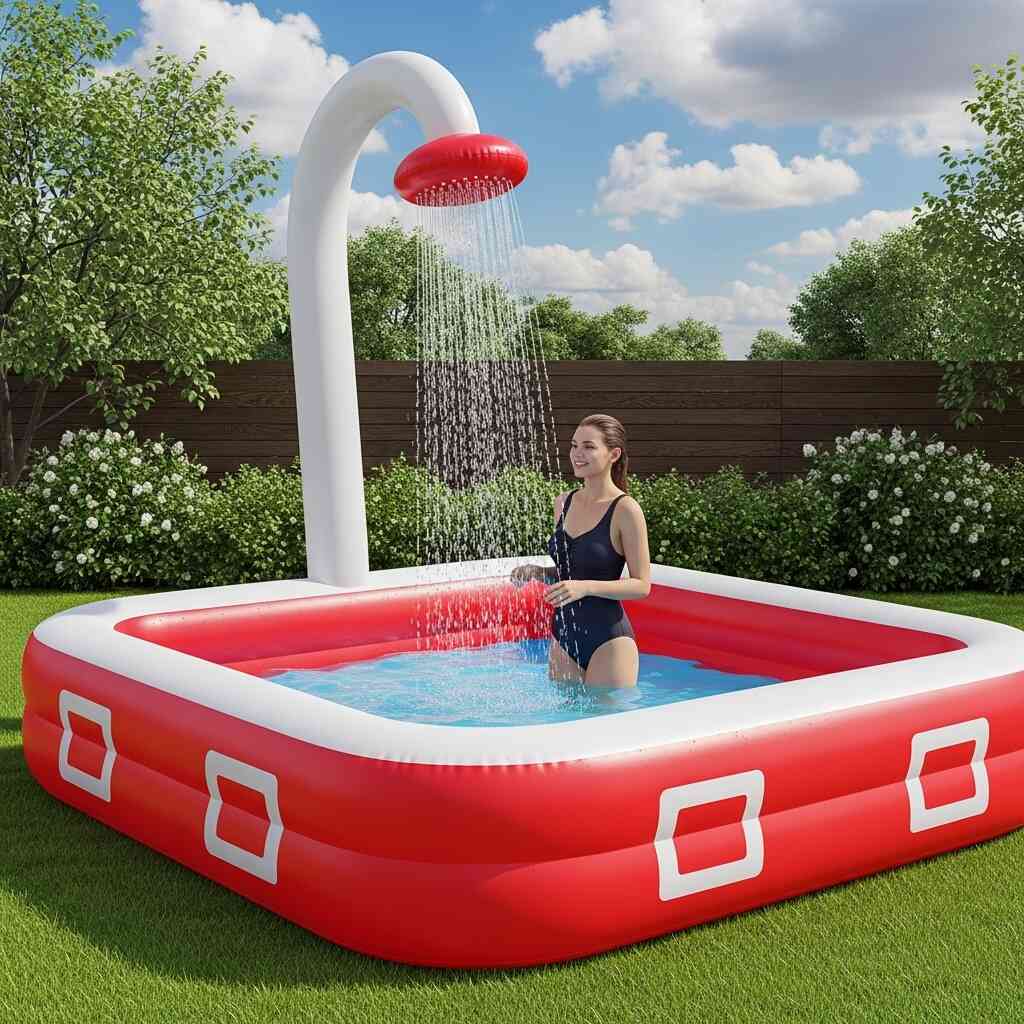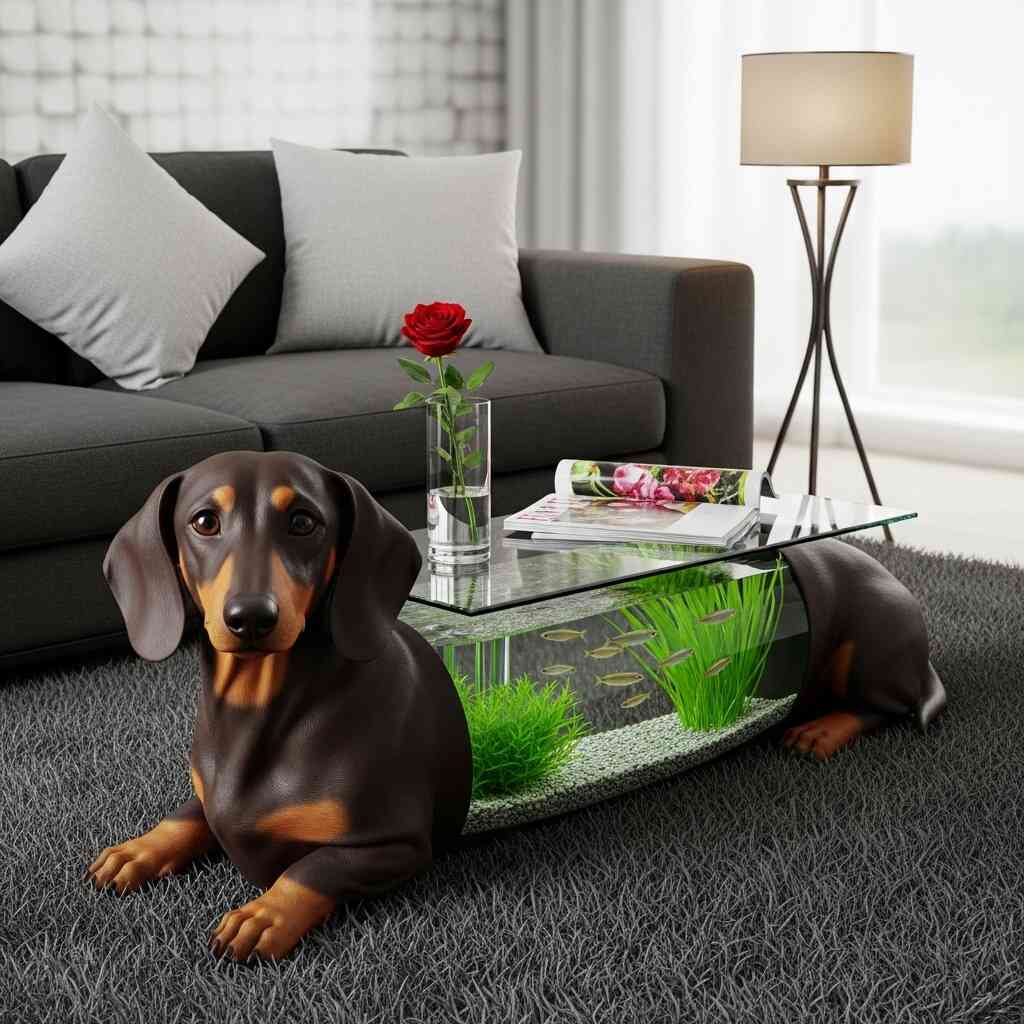In the evolving landscape of interior design, the concept of living spaces has undergone a dramatic transformation. No longer confined to rigid layouts or conventional room divisions, modern homes now embrace fluidity, multi-functionality, and personalization. One of the most innovative trends emerging in this space is the integration of recliners with a built-in kitchen. This unique fusion of comfort and utility represents more than just a novel design idea—it reflects a deeper shift in how we think about our environments and how they support our daily lives.
At first glance, the pairing of recliners—typically associated with relaxation—and kitchens—centers of activity and nourishment—may seem unconventional. However, when thoughtfully designed, this combination creates a harmonious blend that caters to both physical comfort and practical needs. The concept encourages a lifestyle where leisure and productivity coexist seamlessly, redefining what it means to “live” within one’s home.
This article explores the creative potential of integrating recliners with a built-in kitchen , examining its origins, benefits, design considerations, and the broader implications for contemporary living. Through detailed analysis and examples, we will delve into how this innovative approach can transform everyday experiences and inspire new ways of thinking about spatial design.

Part 1: Understanding the Concept – What Are Recliners with a Built-in Kitchen?
Before exploring the integration itself, it’s essential to understand the core elements involved: recliners and kitchens. Traditionally, recliners are pieces of furniture designed for maximum comfort, allowing users to recline at various angles, often equipped with features like footrests, headrests, and ergonomic support. Kitchens, on the other hand, are functional spaces dedicated to food preparation, cooking, and sometimes dining. Combining these two seemingly disparate functions into a single unit results in a highly specialized form of interior architecture.
A recliner with a built-in kitchen refers to a custom-designed space or piece of furniture that incorporates a fully functional kitchenette or workstation directly adjacent to or within the structure of a reclining chair or lounge area. These designs may range from compact modular units suitable for studio apartments to elaborate, high-end installations found in luxury lofts or minimalist urban dwellings.
The key principle behind this integration is efficiency—both in terms of space utilization and lifestyle optimization. By merging areas traditionally kept separate, designers aim to create a seamless experience where one can cook, relax, and interact without needing to move between rooms or change positions dramatically. It’s not merely about combining two functions but about enhancing the quality of each through thoughtful integration.
This concept builds upon existing trends such as open-plan living, multifunctional furniture, and smart home design. It challenges the traditional compartmentalization of domestic life and instead promotes a holistic environment where different activities flow naturally into one another. Whether in a small apartment or a large home, the goal is to make every square inch count while also enriching the user’s experience of their surroundings.
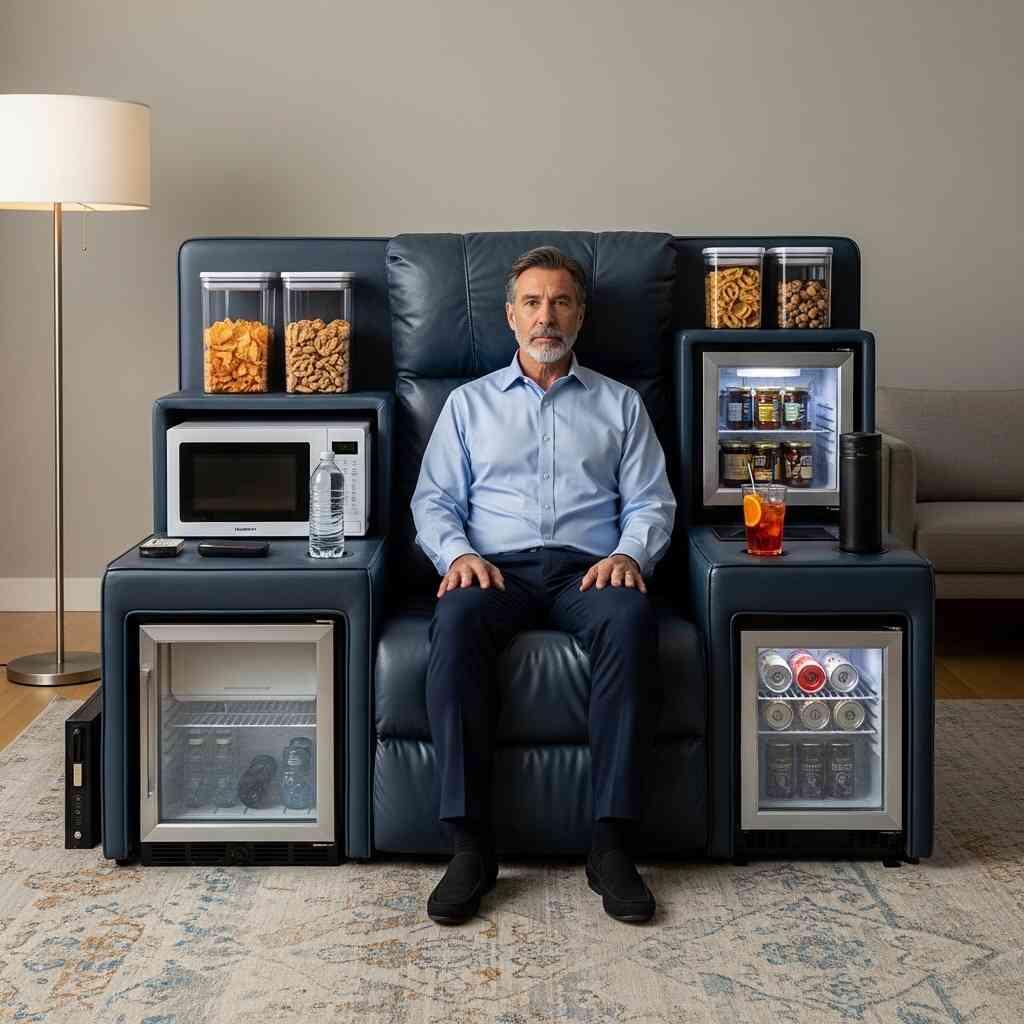
Part 2: Design Philosophy and Aesthetic Integration
Blending Form and Function
One of the most compelling aspects of integrating recliners with a built-in kitchen is the opportunity it presents for aesthetic innovation. Designers must carefully balance visual appeal with practical functionality, ensuring that the space feels cohesive rather than cluttered or disjointed. The challenge lies in creating a unified design language that respects the ergonomics of seating while accommodating the demands of a working kitchen.
Materials play a crucial role in achieving this harmony. For instance, using similar finishes or textures across both the reclining area and the kitchen components can help visually connect the two zones. Wood, metal, glass, and composite materials can be strategically selected to maintain continuity throughout the space. Additionally, color schemes should be chosen to enhance the feeling of openness and unity—often opting for neutral tones or complementary palettes that don’t compete for attention.
Lighting is another critical element. Proper illumination ensures that both the cooking area and the lounging section are functional and inviting. Ambient lighting above the kitchen zone, task lighting near the stove or sink, and softer, mood-enhancing lights around the recliner all contribute to a layered and adaptable lighting scheme. Smart lighting systems can further enhance usability by adjusting brightness based on time of day or activity type.
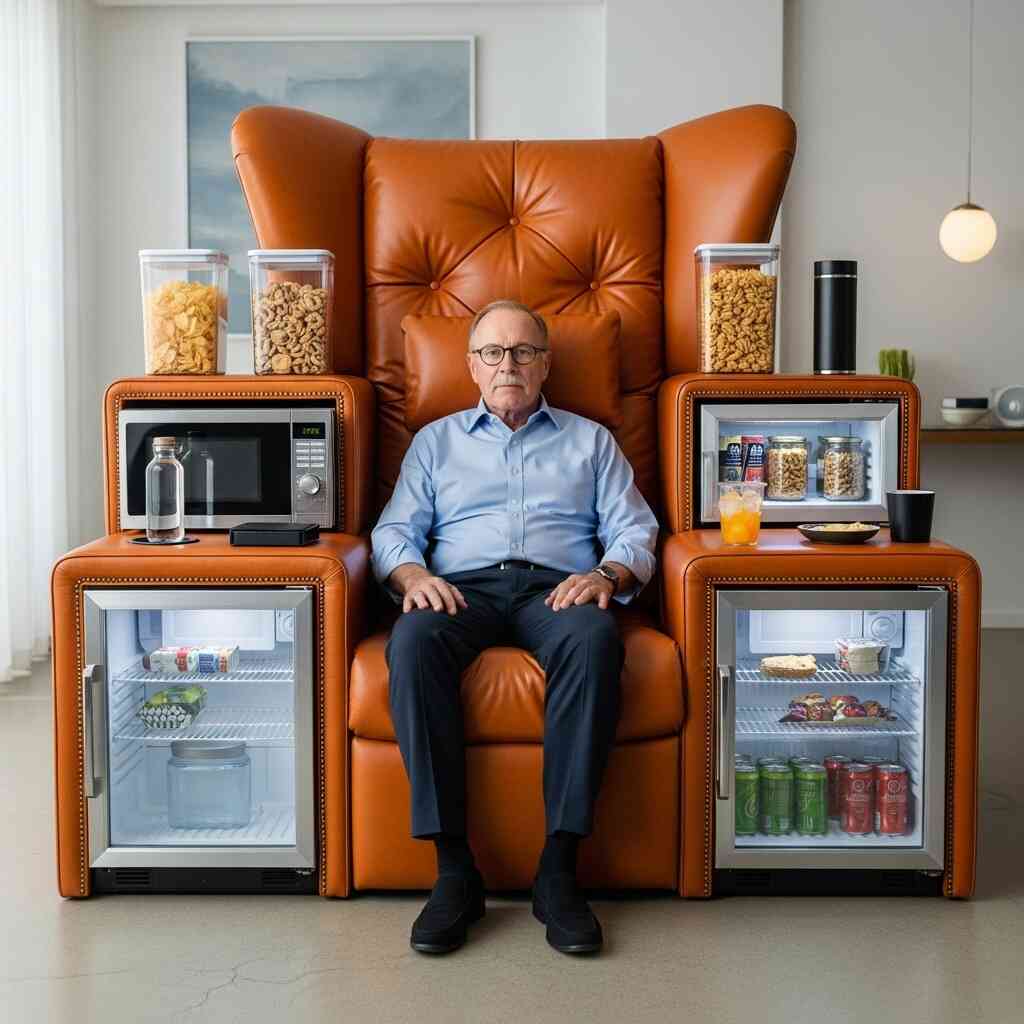
Spatial Considerations
Space planning is paramount when designing a recliner-kitchen hybrid. In smaller environments, retractable surfaces, fold-down countertops, and hidden storage solutions become essential. These features allow the kitchen to recede when not in use, preserving the integrity of the lounge area. Conversely, in larger spaces, the integration can be more expansive, incorporating full-sized appliances and additional seating options.
Ergonomic principles must guide the placement of both the reclining seat and the kitchen components. The height of counters, the positioning of stovetops or sinks, and the reachability of utensils and ingredients should all align with the seated posture of the user. This requires careful consideration of body mechanics and movement patterns to avoid strain or discomfort.
Modular design is particularly effective in this context. Modular units can be customized to fit specific spatial constraints and user preferences. They offer flexibility in configuration, allowing homeowners to adapt their setup over time as their needs evolve. Some advanced models even incorporate motorized adjustments, enabling users to control the position of shelves, tables, or cooking surfaces with the touch of a button.
Technology and Innovation
As technology continues to influence interior design, recliners with a built-in kitchen benefit from smart integrations that enhance both convenience and safety. Touchscreen interfaces, voice-activated controls, and automated cleaning systems are becoming increasingly common in modern kitchens. When applied to this integrated model, these technologies can significantly improve the user experience.
For example, a recliner might feature embedded screens that display recipes, cooking timers, or entertainment content while the user prepares a meal. Similarly, motion sensors could activate lighting or adjust ventilation settings automatically when someone begins cooking. These innovations not only streamline tasks but also add an element of futuristic elegance to the overall design.
Moreover, sustainability plays a growing role in such integrations. Energy-efficient appliances, water-saving fixtures, and eco-friendly materials can all be incorporated into the design to reduce environmental impact. Some models even include compost bins or herb gardens within the kitchen structure, promoting a greener lifestyle.

Part 3: Psychological and Social Implications
Enhancing Comfort and Well-being
Beyond aesthetics and function, the integration of recliners with a built-in kitchen has profound psychological implications. The human need for comfort is deeply rooted in our biology, and environments that cater to both physical and emotional well-being have been shown to improve mood, reduce stress, and enhance overall quality of life.
By placing a comfortable reclining space directly next to a functional kitchen, individuals can enjoy a sense of autonomy and control over their environment. Cooking becomes less of a chore and more of a meditative or pleasurable activity when done in a relaxing setting. Similarly, resting or reading while having access to refreshments fosters a sense of self-sufficiency and ease.
This setup also supports mindfulness—a practice centered around being present in the moment. The act of preparing food while comfortably seated allows for greater awareness of sensory details—the aroma of spices, the texture of ingredients, the sound of sizzling oil. Such engagement can lead to a more meaningful connection with the food we consume and the spaces we inhabit.
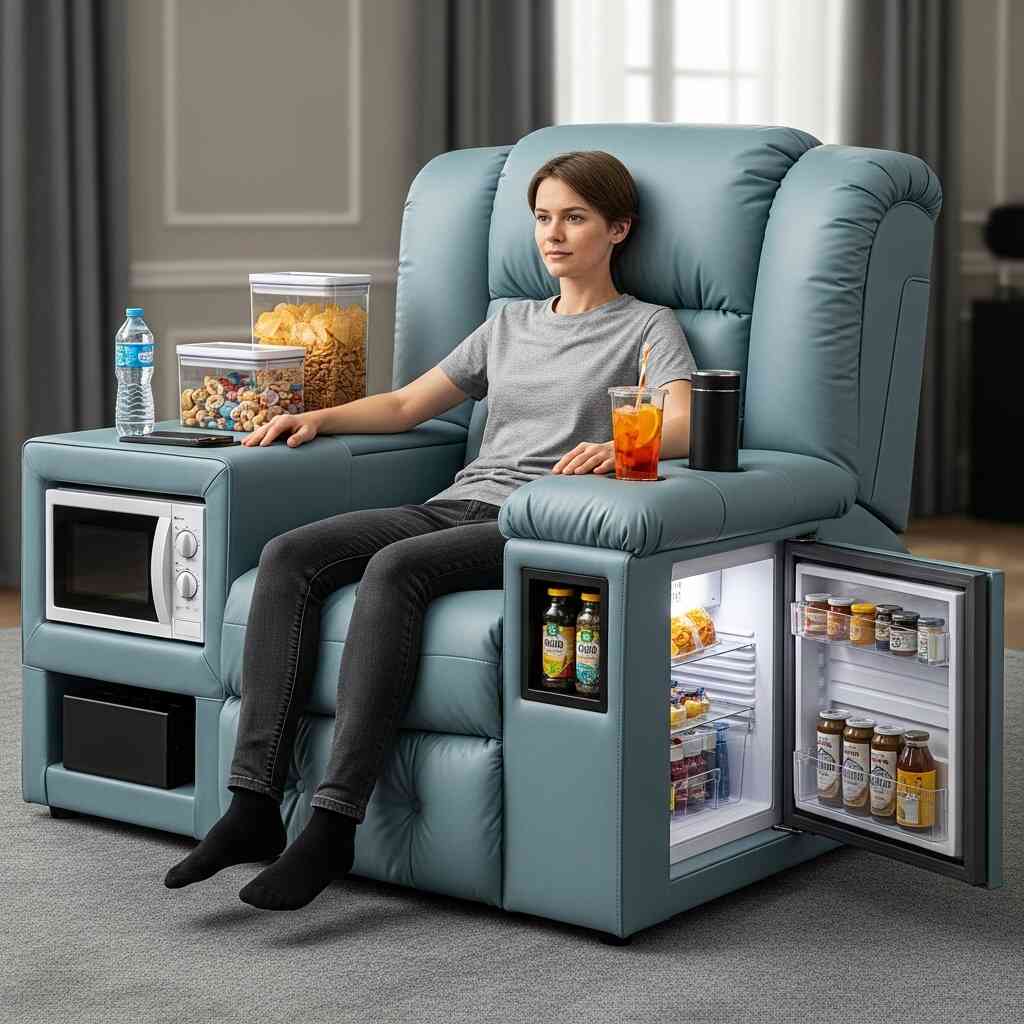
Fostering Social Interaction
While the primary focus may be on individual comfort, these integrated spaces also have the potential to facilitate social interaction. Traditional kitchens often serve as gathering points in the home, and incorporating a reclining area can extend this communal function. Friends and family members can sit together in a relaxed posture while engaging in conversation or collaborative cooking.
In many cultures, shared meals are central to social bonding, and the ability to prepare food while remaining part of a group dynamic strengthens these connections. A recliner-kitchen setup encourages informal interactions, making it easier for people to participate in the cooking process without feeling isolated from others. This inclusivity can be especially valuable in households with diverse age groups or varying mobility levels.
Additionally, these spaces can serve as informal workstations or creative hubs. With the rise of remote work and flexible schedules, having a place where one can recline, sip tea, and brainstorm ideas while having access to a mini-kitchen offers a refreshing alternative to the traditional office setup.
Cultural and Lifestyle Adaptation
Culturally, the integration of recliners with a built-in kitchen reflects shifting attitudes toward domestic life. In many societies, there has been a growing emphasis on personalization and self-expression in interior design. People no longer want to conform to standardized layouts but instead seek environments that reflect their unique lifestyles and values.
This trend is particularly evident in urban areas where space is limited, and residents prioritize flexibility and efficiency. Young professionals, digital nomads, and minimalist enthusiasts are among those who may find this design appealing. It speaks to a desire for simplicity, convenience, and a break from the hustle of traditional domestic routines.
Furthermore, the integration acknowledges the changing nature of gender roles and household responsibilities. By removing barriers between lounging and cooking, it subtly challenges outdated notions of who belongs in which space. Everyone can engage in culinary activities without sacrificing comfort, promoting a more egalitarian and inclusive approach to domestic life.

Conclusion
The integration of recliners with a built-in kitchen represents a bold step forward in the evolution of living spaces. It merges two fundamental aspects of daily life—comfort and sustenance—into a single, thoughtfully designed environment. More than just a novelty, this concept embodies a philosophy of holistic living, where every aspect of our surroundings is crafted to support well-being, creativity, and connection.
From a design standpoint, it pushes the boundaries of material use, spatial planning, and technological innovation. Psychologically, it nurtures a sense of calm and presence, encouraging mindful interactions with food and environment. Socially, it breaks down barriers, fostering inclusivity and shared experiences.
As we continue to reimagine how we live, work, and interact within our homes, the recliner-kitchen hybrid stands as a testament to the power of creative thinking in interior design. It invites us to question conventions, embrace new possibilities, and ultimately, design spaces that truly reflect who we are and how we wish to live.


